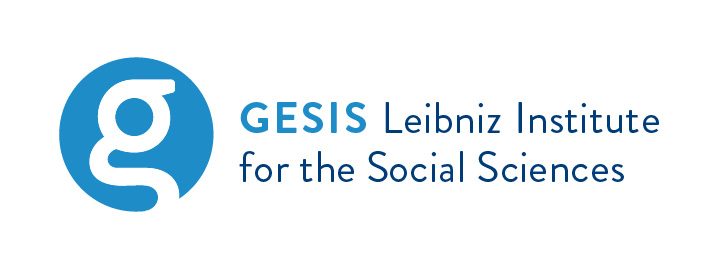Fear of the Dark? A Systematic Comparison of Written Vignettes and Photo Vignettes in a Factorial Survey Experiment on Fear of Crime
Abstract
Measuring attitudes with vignettes is frequently based on the assumption that the presented context information facilitates a better imagination of topics under study, serving for more valid responses as compared to more usual questionnaire methods. In this study, we focus on the presentation format of vignettes and assume that, in particular, the presentation of photo vignettes facilitates a close context approximation, hereby taking fear of crime from the perspective of broken windows theory as an example of use. A split ballot experiment within the framework of a cross-sectional online survey introduced a variation of the presentation format of a factorial survey experiment and allowed for measuring the difference between using either written vignettes or photo vignettes. While the split ballot experiment used a between-subjects design, each factorial survey experiment used a within-subjects design. The reported level of feelings of unsafety serves as a measure of fear of crime. Results show that, first, all dimensions of the factorial surveys predicted the respective level of fear of crime in both presentation formats, in the direction expected by broken windows theory. Measurement error seems slightly reduced within written vignettes. Second, presentation format-specific differences were observed for dimensions representing physical features of the setting, such as darkness, only, thereby slightly favouring photo vignettes. We finally discuss methodological implications of these results.
Keywords
Full Text:
PDFDOI: https://doi.org/10.12758/mda.2022.01
Refbacks
- There are currently no refbacks.
Copyright (c) 2022 Stefanie Eifler, Knut Petzold

This work is licensed under a Creative Commons Attribution 4.0 International License.

